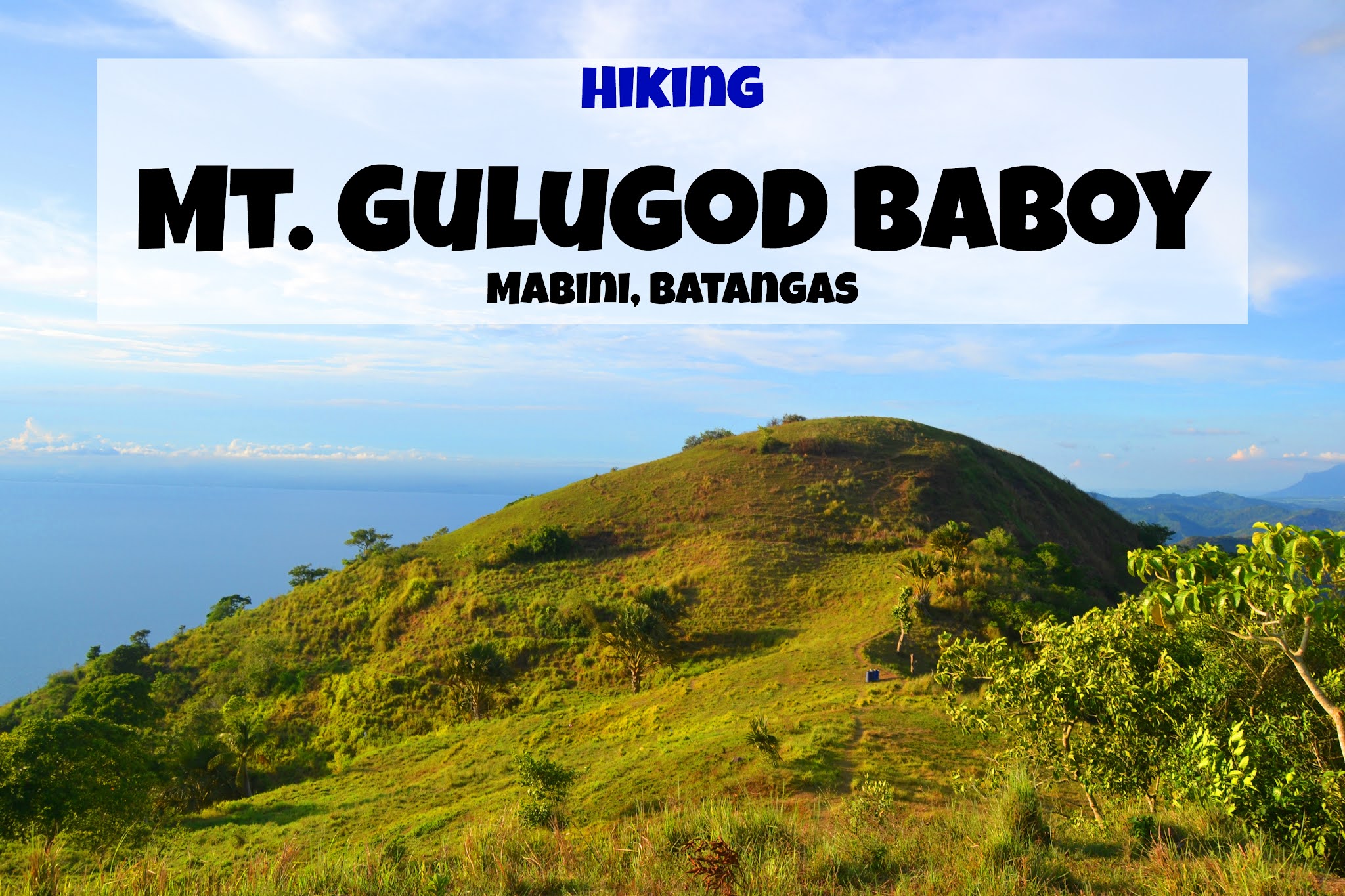Negoroji (根来寺) is a historic Japanese temple that was founded in the 12th century. It is located at 2286 Negoro, Iwade City in Wakayama Prefecture, Japan.
 |
| Negoroji |
Negoroji details
In the latter half of the Heian period, starting in 1131, priest Kakuban became the head of the Shingon sect on Mount Kōya. He aimed to reunite its Ōno and Hirosawa branches and assert Mount Kōya's authority over Tō-ji in Kyoto.
 |
| Negoroji - Iwade City, Wakayama Prefecture |
Introducing Pure Land Buddhism elements into Shingon orthodoxy, including the himitsu nembutsu ritual, Kakuban faced opposition from the Shingon hierarchy. After calls for his expulsion, he resigned in 1135 and retired to Mitsugon-in. Following continued hostility and the burning of his residence in 1140, he fled to Kii Province, where he died in 1143. His disciple, Raiyū, later moved Daidenbō-in and Mitsugon-in chapels to Negoro-ji in 1288, establishing the Shingi Shingon school.
 |
| Negoroji - Head Temple of the Shingon Sect |
During the late Muromachi period, Negoroji expanded into a largely religious city with around 450 temples, controlling estates with a kokudaka of 720,000 koku, and maintaining about 10,000 soldiers. It had strong ties with Oda Nobunaga and Tokugawa Ieyasu but earned Toyotomi Hideyoshi's enmity.
 |
| The Daitō (大塔) and the Daidenhō-dō (大伝法堂) |
In 1585, Hideyoshi's forces burned most of the temple during the Siege of Negoroji. The main surviving structure, the "Daidenhōdō," was dismantled for a planned mausoleum for Nobunaga, which was never built.
After the Siege of Osaka in 1615, Tokugawa Ieyasu donated Shoun-ji buildings to Negoroji, aiding its reconstruction. During the Edo period, the Kishū Tokugawa clan patronized the temple. Archaeological excavations since 1976 have uncovered numerous relics now stored and exhibited at the "Iwade Civic Museum." However, the temple grounds face threats from urban encroachment.
Negoro-ji is home to several important cultural properties:
 |
| Daitō (大塔) |
• Daitō (大塔), National Treasure: The largest Tahō-tō-style pagoda in Japan, standing 40 meters high and 15 meters wide, housing a statue of the Vairocana Buddha. Construction began around 1480 and was completed around 1547. It has bullet holes from Hideyoshi's 1585 attack and was designated a National Treasure in 1899.
 |
| Daishi-dō (大塔) |
• Daishi-dō (大塔), Important Cultural Property: A three-by-three bay structure built around 1391, surviving the 1585 destruction. It houses a statue of Kōbō Daishi and was designated an Important Cultural Property in 1944.
 |
| Daidenhō-dō (大伝法堂) |
 |
| The Buddha inside the Daidenhō-dō (大伝法堂) |
 |
| I was told that these are bullet holes from the Siege of Negoroji. However, I wasn't able to verify that information. |
• Daidenhō-dō (大伝法堂), Important Cultural Property: Rebuilt in 1824 by local carpenters with help from craftsmen from Osaka and Echigo. It contains three unusual statues designated as an Important Cultural Property in 1994.
 |
| Kōmyōshingon-den (光明真言殿) |
 |
| There are plenty of Daruma dolls here on display |
• Kōmyōshingon-den (光明真言殿), Important Cultural Property: Reconstructed in 1801 and designated in 2019.
 |
| Negoroji's Daimon (大門) |
• Daimon (大門), Important Cultural Property: The main gate was reconstructed in 1845 and designated in 2019.
 |
| Fudō-dō (不動堂) |
• Fudō-dō (不動堂), Important Cultural Property: A chapel dedicated to Fudō-myōō, reconstructed in the mid-Edo period and designated in 2019.
 |
| Gyojado (行者堂) |
Inside the Gyojado
 |
| The pond as seen from Gyojado |
 |
| Shotendo Hall |
 |
| Inside Shotendo Hall |
• Gyōja-dō (行者堂), Important Cultural Property: Completed in the mid-Edo period and designated in 2019.
Other Things to See in Negoroji
 |
| Negoroji's Zen Garden |
 |
| Bell Tower |
 |
| Daruma dolls displayed outside the Kōmyōshingon-den |
 |
| The chozuya outside the Kōmyōshingon-den |
 |
| The jizo field of Negoroji |
 |
| Mizukodo |
 |
| A lone jizo inside the temple grounds |
Team Nicerio "revisits" Negoroji
My family and I first “visited” Negoroji last December 9, 2014, the 11th day of our first visit to Japan. However, we only ate lunch at the temple grounds and we didn’t explore the temple as we were merely passing through after accompanying our Japanese godparents to Seiyu Memorial Hospital. We finally got to officially visit it last January 7, 2023. During our Winter Vacation. It was my 432nd day in Japan as an ALT under the JET Programme. What made our visit memorable was that like before, we were with our Japanese family and this visit was almost a decade in the making. However, what I failed to do during my visit was get the Negoroji’s goshuin as I forgot my goshuincho back home. Regardless, there is always a next time. Who knows, maybe after another decade.
Negoroji Admission Fee
 |
| Negoroji Admission Fee |
To enter and explore Negoroji grounds, visitors need to pay the following:
Adults (junior high school and older): 500 yen
Children: FREE
Negoroji Operating Hours
 |
| Negoroji Opening Hours |
Negoroji is open from;
9:10 AM to 4:30 PM in summer (April to October)
9:10 AM to 4 PM in winter (November to March)
Why visit Negoroji?
Negoroji is a destination that offers a blend of history, culture, spirituality, and natural beauty, making it a worthwhile visit for travelers interested in experiencing the depth and diversity of Japan's heritage. Also, don’t forget to get a goshuin here when you visit.
Getting to Negoroji
From Iwade Station, walk to the Iwade Station bus stop and take the Iwade City Bus East Circuit (Funato/Negoro) Course towards Negoro (Counterclockwise). Get off at the Negorodera bus stop after 12 stops.
Travel time: 20 minutes
Fare: 150 yen
Ratings
 |
| Pilgrims |
 |
| Cleanliness |
 |
| Overall rating |





























































Comments
Post a Comment